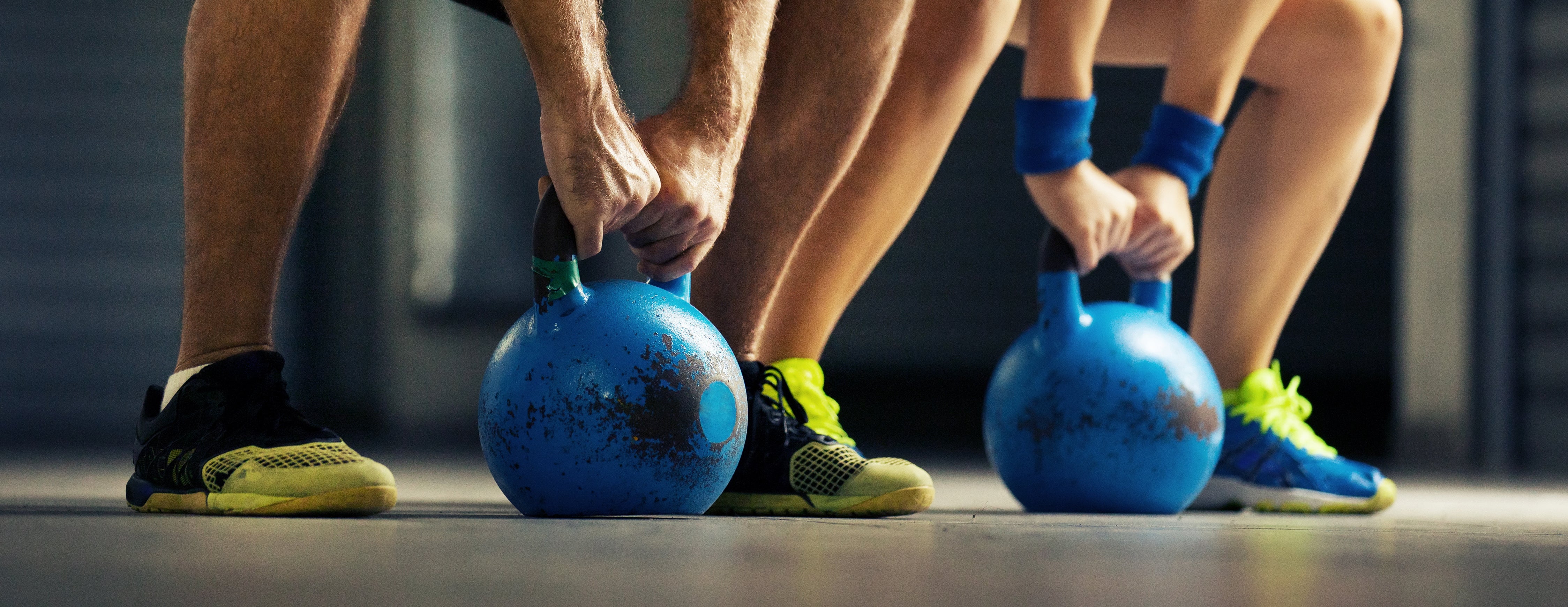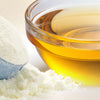Beginner’s Guide to Kettlebell Training


Do you feel like you’re dragging yourself to the gym lately? Ditch the barbells and dumbbells, optimize your routine with a resistance cardio kettlebell training routine.
Brief History of Kettlebells

Developed in Russia in the 18th century, kettlebells were originally used as counterweights to measure crops. By the late 19th century, kettlebells were used recreationally as items in strength training and competitive kettlebell lifting competitions. Jump to the mid-20th century when the Soviet Army began using kettlebell exercises to functionally train their soldiers and it became the official sport of the Soviet Union.
Why Train With Kettlebells?

We love kettlebells because they train your body in ways that barbells and dumbbells don’t. Kettlebell training requires strict attention to form as their center of gravity is 5-8 inches from the handle. They expose weaknesses in your form that you otherwise might not have noticed. In addition to improving your form, training with kettlebells also improves:
- Core strength
- Athleticism and cardiovascular endurance
- Grip strength and stabilizing muscles
- Explosiveness
Kettlebell Training for Core Strength
Swings, presses, cleans, and snatches all require increased core strength with kettlebells due to the nature of the kettlebell shape. You can tax your core even more by doing unilateral kettlebell movements like one-armed swings.
Kettlebell Training for Athleticism and Cardiovascular Endurance
Like most sports, kettlebell exercises are compound movements that require several muscle groups to engage for there to be maximum efficiency. Kettlebell training allows athletes to train muscle groups for a variety of movements like the torque generated in swinging a baseball bat or explosive thrusts in football.
Kettlebell Training for Grip Strength and Stabilizing Muscles
The unique shape of the kettlebell, in addition to the displaced load, requires more grip strength and stabilizing muscles to keep the weight under control during movements. Movements like the bottoms-up kettlebell press force you to focus your energy on stabilizing the kettlebell, rather than explosiveness, in both the eccentric phase and concentric phase of the press.




